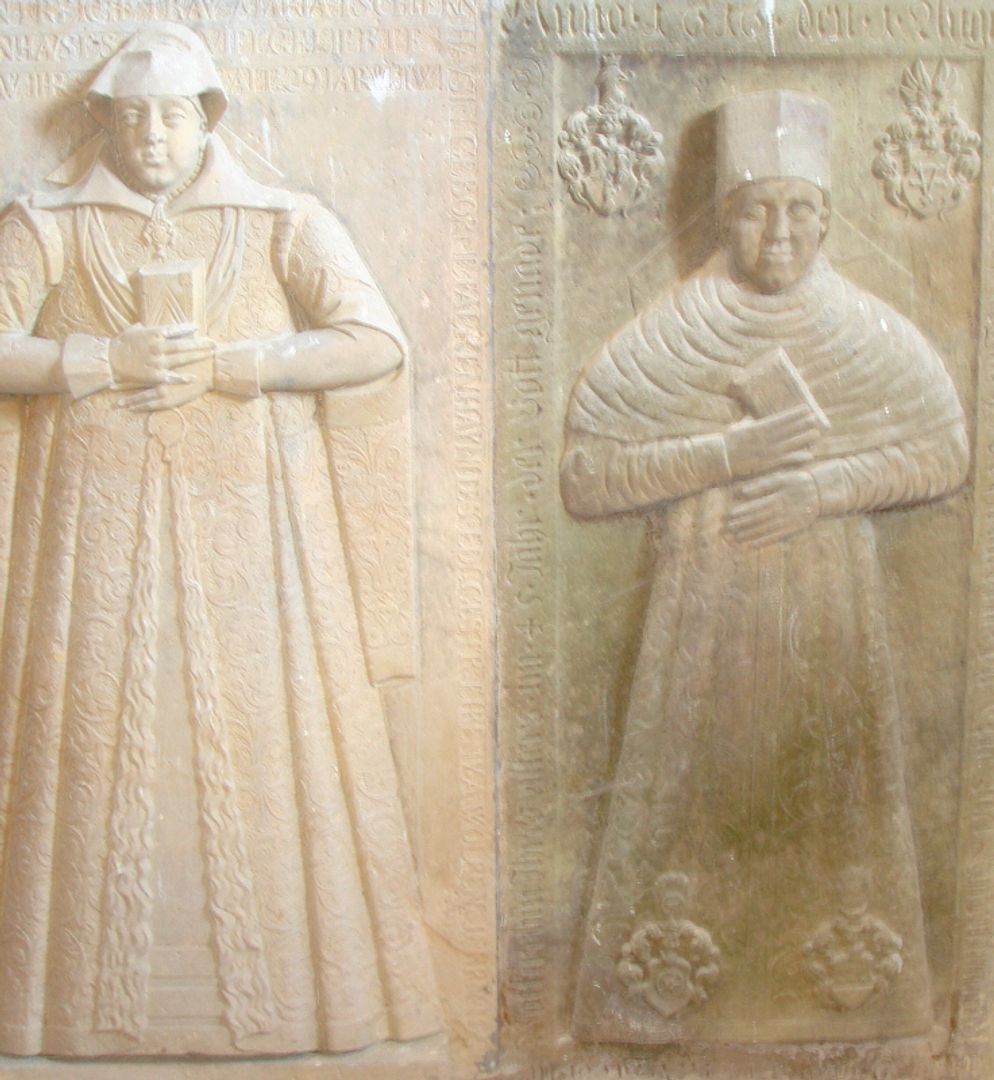Church of the Immaculate Conception of the Blessed Virgin Mary in Raszów
7.19

Overview
The Church of the Immaculate Conception of the Blessed Virgin Mary in Raszów is a historic monument dating back to the second half of the 15th century, representing a valuable example of Gothic architecture. First mentioned in 1305, it gained significance in Lower Silesia primarily due to architectural elements such as stone portals and intricate vaulting details. The temple features a single-nave, four-bay structure with a square-plan tower on the western side, crowned by an unusual 19th-century onion dome. In the mid-16th century, a funerary chapel was added on the southern side, giving the church its asymmetrical shape. Valuable architectural details include Gothic and Baroque windows, as well as two sandstone portals—one late Gothic and the other Renaissance. The interior of the church is notable for its rich furnishings, including a Baroque altar and a Mannerist pulpit. The most precious feature is the Mausoleum of the Schaffgotsch family, with elaborately decorated sarcophagi. Surrounding the chapel are numerous tombstones from the 16th and 17th centuries, highlighting the site’s importance as a sepulchral necropolis for the family. The village of Raszów, nestled in a picturesque valley, was a knightly estate from the 13th century and came into the possession of the Schaffgotsch family in the 16th century. An interesting aspect is the history of the church’s development and beautification, which underwent numerous renovations in the 18th and 19th centuries, as well as revitalizations after 1945, when significant changes were made to its exterior and interior.
Location
2025 Wizytor | All Rights Reserved